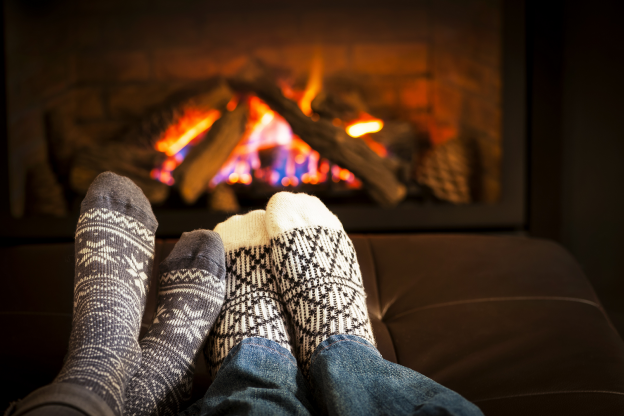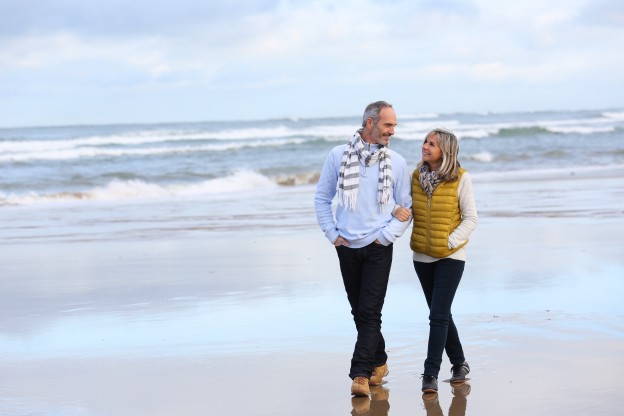Thanksgiving is right around the corner, and we’re already feeling the chill in the air. You probably noticed the recent cold snap we just had. It’s always important to take good care of your feet, but it’s especially important in the winter. We put our feet at risk in the rain, snow, and ice; we wear the wrong kinds of shoes when we exercise or go outside to play with our kids.
People suffering from diabetes need to be especially careful with their feet in the cold weather. Don’t ever go outside barefoot! Doing so puts you at risk for cuts and bruises and even frostbite if exposure is prolonged. Always wear shoes that are supportive and fit properly. In bad weather, wear boots or shoes that won’t allow water in, and limit the amount of time you spend outdoors. And wear shoes that are close-toed whenever possible. Late fall and winter is no time for sandals.
Don’t forget your socks! Socks should be snug – not loose and not too tight, either. They should never bunch up around the toes. And if your shoes and socks get wet, take them off and dry your feet and toes thoroughly before putting on a dry pair.
When you do remove your socks and shoes, take some time to inspect your feet for any cuts or bruises. You can even use a small mirror to check the bottoms of your feet. This is important for diabetics because you may have injuries that you don’t feel because of damaged nerves in your feet, or neuropathy. Neuropathy is a complication of diabetes that is dangerous because it can lead to a wound that becomes infected, and if left untreated, could even result in amputation.
If you have diabetes and are concerned about the health of your feet, make an appointment with one of the podiatrists at Raleigh Foot & Ankle Center. You can call us at (919) 850-9111 or request an appointment online. Our doctors have decades of experience caring for people with diabetes, and they’ve seen everything from neuropathy to painful diabetic foot ulcers. Make an appointment with us today. We’ll get you back on your feet.







